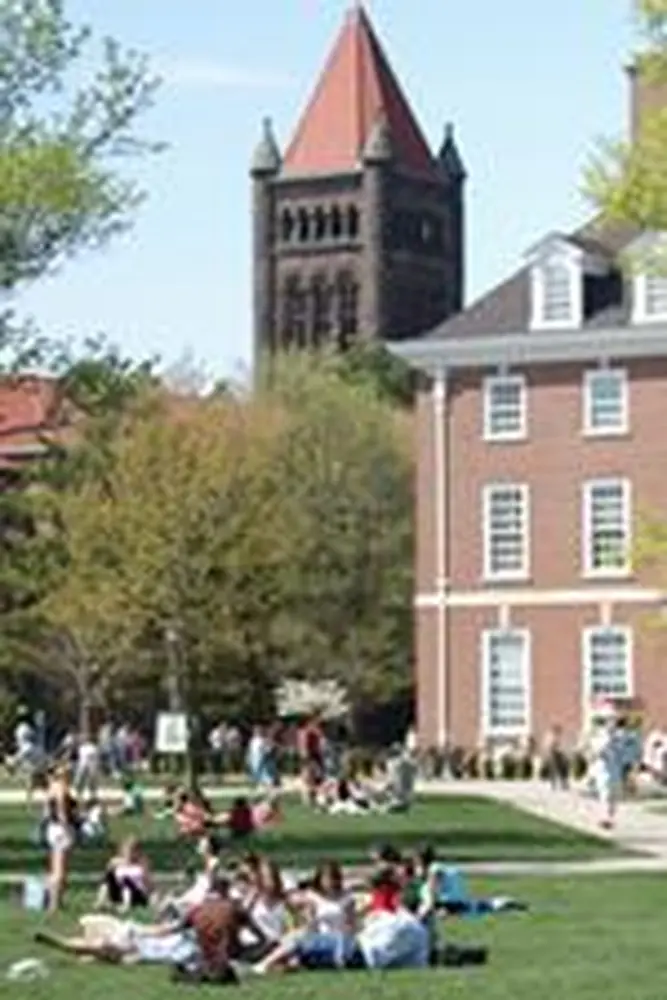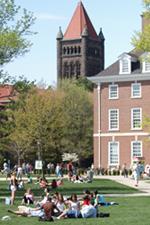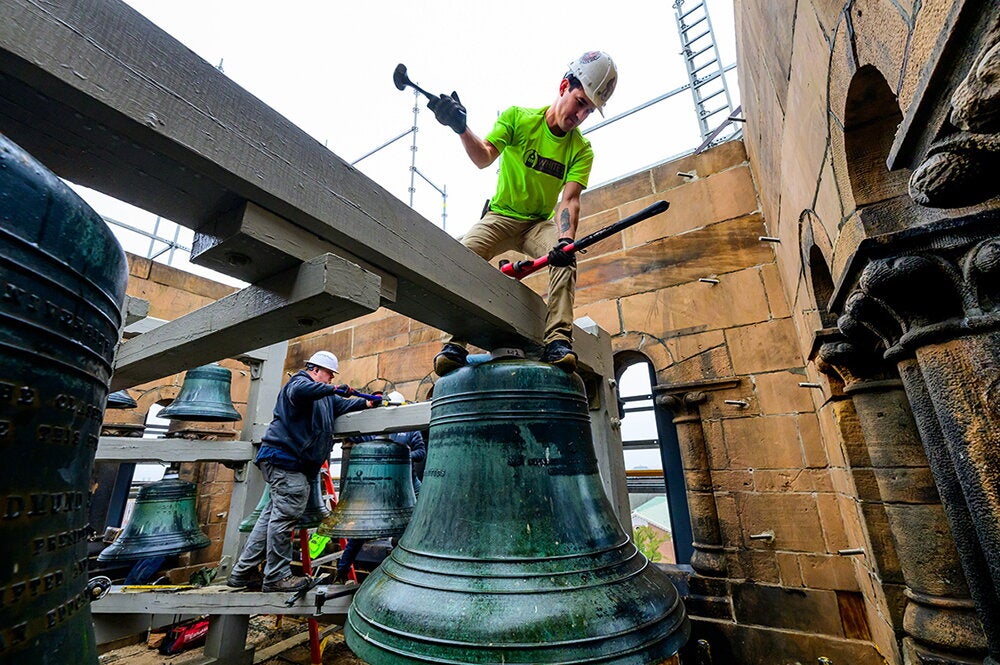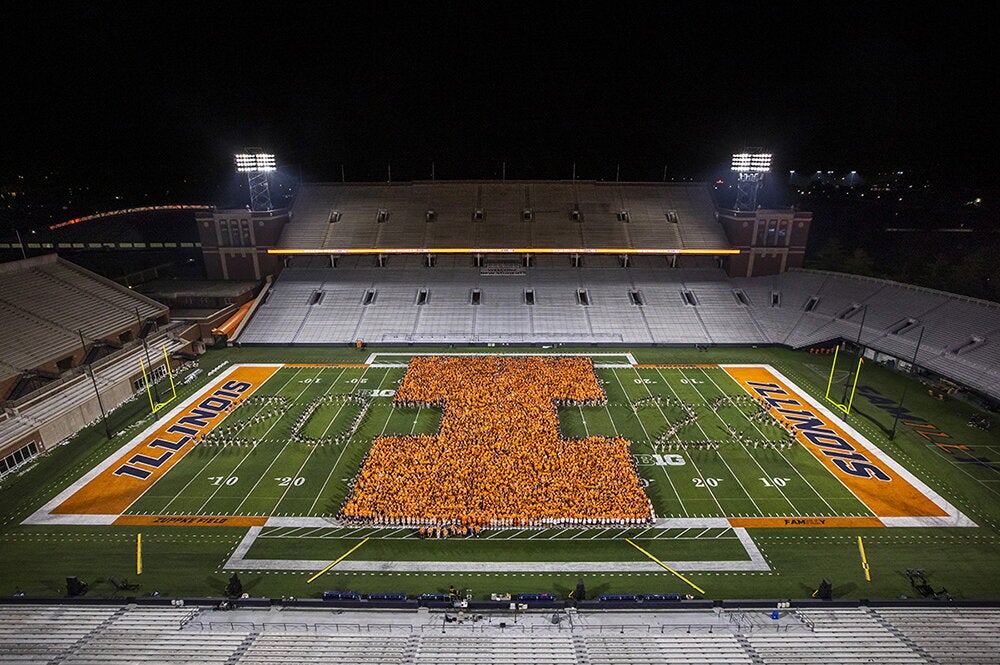

The University of Illinois football team isn't the only program faring well in the rankings these days. When it comes to an undergraduate education, the U of I moved up two spots to being tied as the number eight public university in the country, according to the latest survey from U.S. News & World Report.
Among all national universities, both public and private, the U of I moved up three spots to number 38 in the country.
U.S. News does not rank individual departments and programs on the undergraduate level, except for engineering and business. Therefore, LAS undergraduate programs are not rated, except for chemical and biomolecular engineering, which was ranked number eight in the country in the latest survey.
Although most LAS undergraduate programs are not evaluated in the rankings, a top graduate school ranking can add luster to the undergraduate program, says Kris Campbell in the U of I Office of Public Affairs. And on the graduate level, the College of LAS is well positioned. Twenty-five of its departments and programs are in the country's top 25, and of those, 17 are in the top 10, based on the latest year they were ranked. (U.S. News does not rank every graduate program every year.)
The highest graduate program rankings in LAS went to analytical chemistry and math logic, both ranked third in the country. (For more details, see "Rankings Highlights.")
The undergraduate U.S. News ranking is based on seven criteria, which are explained in the accompanying story "Rankings Criteria." But by far, Campbell says, the most controversial part of the ranking formula is "peer assessment," the subjective portion in which key college and university administrators rank other schools on a scale from 1 (marginal) to 5 (distinguished).
At the undergraduate level, peer assessment accounts for 25 percent of the university's overall rankings and 100 percent of the individual college and department rankings. At the graduate level, peer assessment accounts for 25 percent of each college's overall rankings and 100 percent of the individual department/specialty rankings, she explains.
Peer assessment and other factors have so rankled the presidents at certain liberal arts colleges that some of them "expressed their intent not to participate" in the news magazine's popular survey. This surprising announcement came in June 2007 at the end of the annual meeting of the Annapolis Group, an association of liberal arts colleges.
However, no major universities have said they would boycott the survey, including the U of I.
As much influence as the U.S. News rankings have, Campbell believes many parents and students primarily use them to narrow down their list of choices. But the final choice usually comes down to a campus visit, not the rankings.
This was certainly true for LAS chemistry alumna Margaret Kosal. When she was hunting for a chemistry doctoral program in 1995, every university that accepted her was top-ranked. But she chose the U of I because, as she puts it, "I was impressed with the students in chemistry, who conveyed a real sense of happiness. There was a real, palpable sense that they liked what they were doing and that there was a community among them."
As Kosal found out, some things just cannot be measured.
See also:


